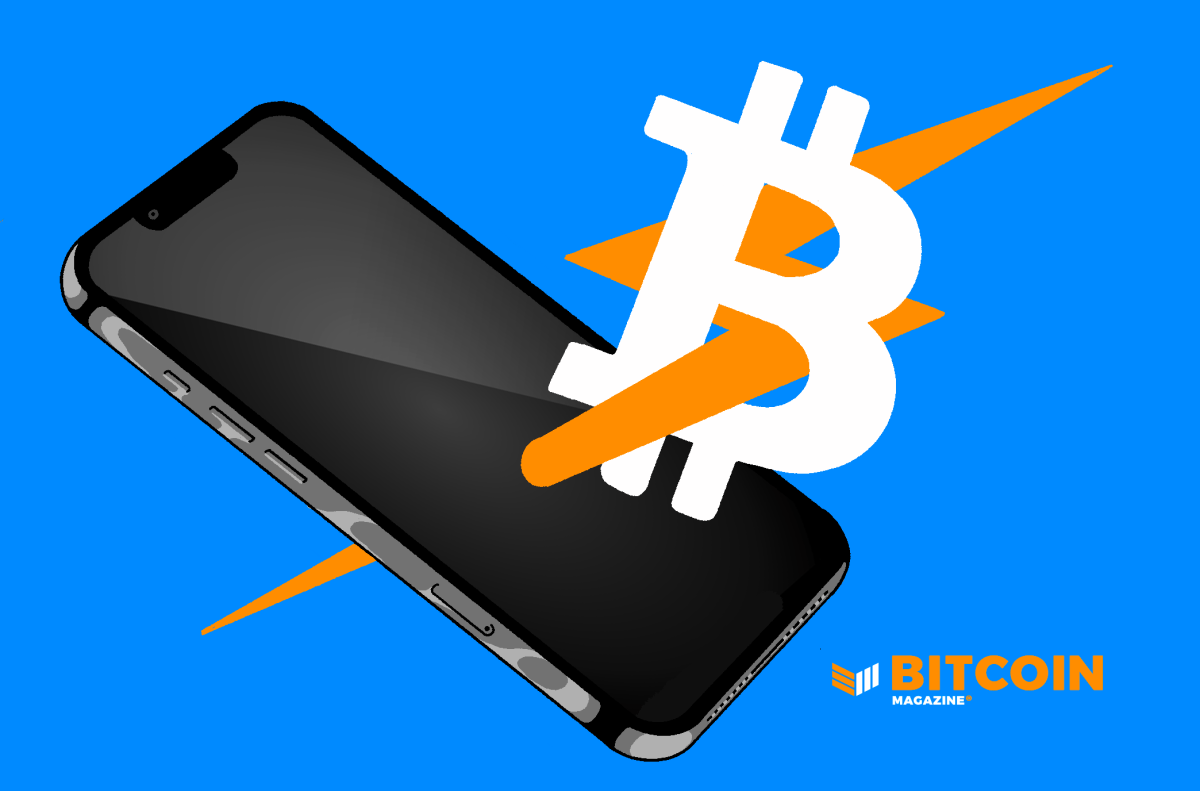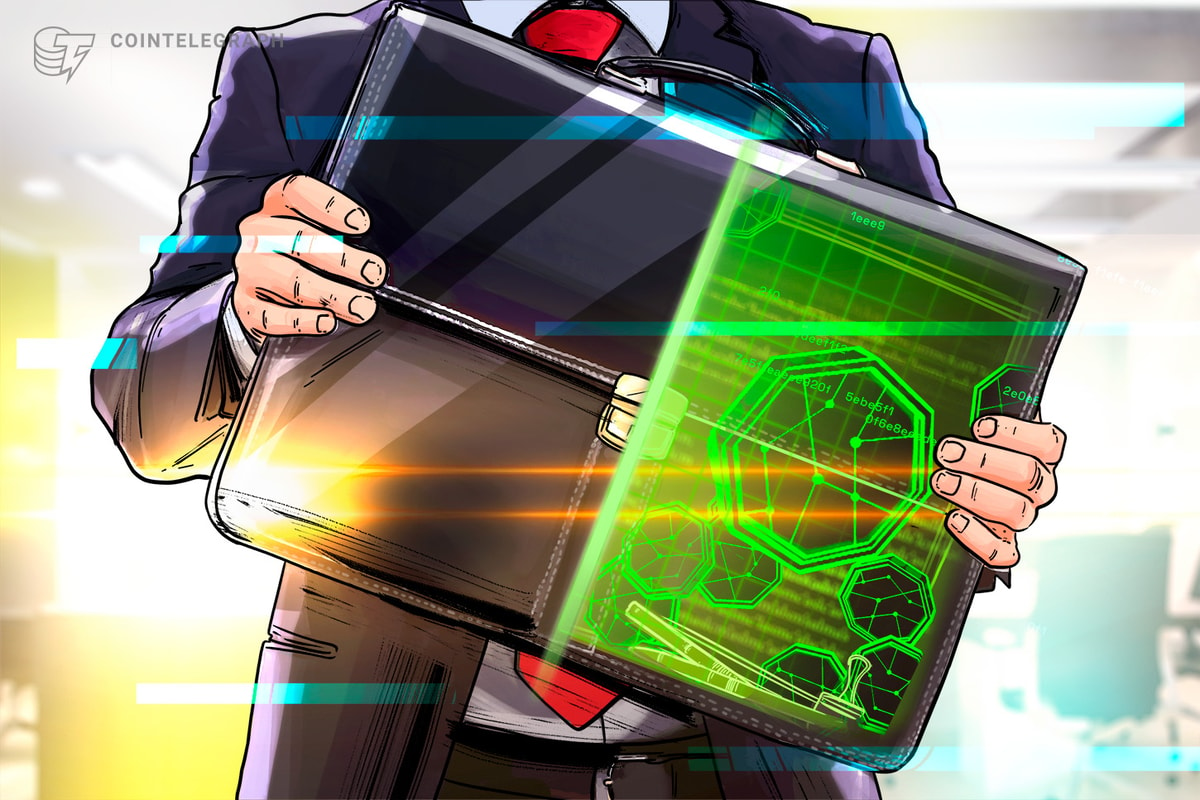This is an opinion editorial by Ethan Rose, the founder and CEO of Bitcoin Lightning Network payments provider Pouch.ph.
Recently, Binance, the world’s biggest cryptocurrency exchange, successfully implemented Bitcoin’s Lightning Network to enhance the speed and scalability of Bitcoin transactions on its platform. This came after it was forced to halt bitcoin withdrawals for several hours in May 2023 due to a sudden surge in transaction volume, which led to an increase in processing fees.
This integration for Binance marked a significant milestone, as it prompted introductions and deepening talks about the Lightning Network as a long-term solution for managing substantial transaction volumes in the future. The potential for the Lightning Network to counter sluggish transaction speeds and high energy costs also seems to have reached the ears of the executives at Coinbase. Should Coinbase opt to integrate the Lightning Network into its platform (which CEO Brian Armstrong is hinting it will), it would follow in the footsteps of Binance and other big exchanges like Bitfinex, Kraken and CoinCorner.
How The Lightning Network Helps Scale Bitcoin
The Lightning Network is a second layer for Bitcoin that uses micropayment channels which allow for more efficient and less expensive transactions. Essentially, it was designed to solve scalability limits associated with Bitcoin by introducing off-chain transactions. Even when the Bitcoin mempool — the holding area for transactions awaiting confirmation — is full or busy, the Lightning Network is unaffected.
As a fairly-new technology, the Lightning Network, first proposed by Joseph Poon and Thaddeus Dryja in 2016, has been under development and refinement over the past several years. It is innovative, ambitious and promising. But it is the rapid and strategic adoption in unexpected corners of the globe that is capturing the attention of industry insiders. A case in point is the Philippines, a developing nation in Southeast Asia, which is making significant strides in harnessing the power of the Lightning Network to revamp transactions and fortify its financial ecosystem.
A Promising Use Case In The Philippines
The Philippines is among the top-five countries in terms of remittances received worldwide. In 2022, these remittances reached a record high of $36.14 billion, demonstrating the pivotal role of overseas Filipino workers in supporting the nation's economy. This figure is only expected to grow, with the World Bank predicting remittances to the country could rise to $39 billion by the end of 2023.
The integration of the Lightning Network into the country's financial fabric could ease the burden of these overseas workers, who often wrestle with high fees and inefficiencies tied to remittances through the traditional financial system.
The potential impact of the Lightning Network in the Philippines has become evident with digital payment platforms leveraging this technology, facilitating faster, more secure remittances, primarily from the U.S., which posted the highest share of overall remittances to the Philippines in 2022 at 41.2%, and Canada which accounted for 3.6%.
Moreover, the Philippines is witnessing a burgeoning digital economy, which according to a recent study, could reach $35 billion in 2025, growing at a 20% annual rate, and could hit $100 billion to $150 billion by 2030. A significant portion of this digital economy is driven by micro-, small- and medium enterprises (MSMEs), which serve as the backbone of the Philippine economy, where they comprise 99% of businesses and employ 63% of the workforce.
Despite its considerable size and role, the vast MSME market is underserved, marking a technological gap. As it stands, this sector underperforms, as it only contributes 40% of the country’s gross domestic product. This discrepancy indicates that a significant amount of growth potential remains unrealized, signaling a prime opportunity for further digital transformation.
Digitization for MSMEs, however, is only one piece of the puzzle. The next step in their technological evolution could very well be the integration of the Lightning Network into their operations.
The Lightning Network has already catalyzed growth for hundreds of small businesses, not just in major cities but also in smaller provinces as they started accepting and processing bitcoin payments. This allows them to tap wider customers, specifically foreign tourists who prefer to spend or pay in bitcoin.
Thus, this revolutionary action is hitting two economies: tourism and local entrepreneurship. The Lightning Network is proving instrumental in unlocking the unrealized potential of MSMEs, catalyzing their growth, and in turn, further fueling the digital economy.
There’s More To Unravel
The Lightning Network is a powerful example of how developing countries like the Philippines can leapfrog traditional infrastructural limitations and harness cutting-edge technologies to propel their economic advancements. But there is still more to explore in the associated technologies that can make utilizing the Lightning Network easy and effective.
One of the most exciting developments is the potential mainstream adoption of “tap-to-pay” via NFC-enabled cards and mobile phones, akin to things like Apple Pay or Google Pay. Likewise, given the popularity of QR-code-based payments in the Philippines, the transition towards more advanced, contactless transactions seems like a natural progression.
This could position the Lightning Network as a better alternative to traditional payment methods like cash, debit and credit cards, ushering in a new era of convenience for 10 million Filipinos who remain unbanked. With its capacity to facilitate quicker and more affordable transactions, the Lightning Network is well positioned to democratize access to financial services, laying the foundation for a more inclusive economic landscape.
The transformative potential of the Lightning Network across various sectors is clear, but this is not to say that the journey is without its hurdles. There are technical complexities, regulatory challenges, and widespread adoption and education concerns that need to be addressed. But if navigated wisely, Bitcoin and the Lightning Network can be potent tools in empowering the Philippines economically, creating a model for other developing economies to emulate.
This is a guest post by Ethan Rose. Opinions expressed are entirely their own and do not necessarily reflect those of BTC Inc or Bitcoin Magazine.











